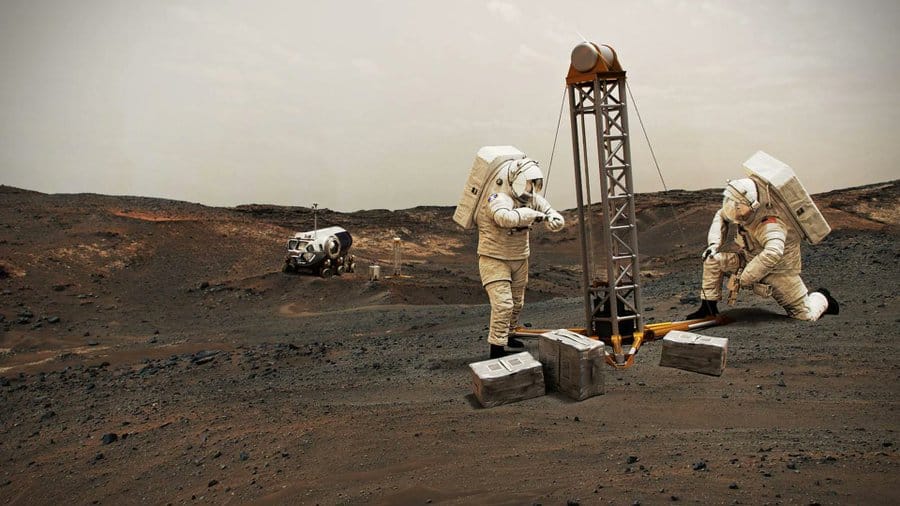NASA is preparing for an extraordinary leap into the cosmos, planning to send humans to Mars as early as 2035. This daring mission will not only explore the potential for human habitation on the red planet but will also help unlock the long-held mysteries of Mars. The journey will involve an extensive round trip lasting six to seven months, covering an astounding distance of approximately 402 million kilometers. Astronauts could spend up to 500 days on the Martian surface, gathering invaluable data before making their return to Earth.
NASA’s Artemis program has laid the foundation for these historic missions. Significant strides were made with the successful Artemis I mission in November 2022, and now the agency is focused on Artemis III, set to launch in 2026. During this mission, astronauts are expected to touch down at the Moon’s south pole, gaining vital experience that will ultimately enable them to survive and thrive on Mars.
Mars, with its captivating geological and atmospheric anomalies, presents an unparalleled opportunity for scientific exploration. NASA's advancements through the Artemis program are pivotal in laying the groundwork for humanity's future endeavors beyond the Moon.
The Artemis Program: Training Grounds for Mars
In preparation for Mars, NASA has designed the Artemis Program to send astronauts back to the Moon, offering an ideal training ground for future deep-space missions. Artemis astronauts will learn how to live and work in space for extended durations, a critical skill for the Mars journey. NASA has already made impressive technological strides to make this mission feasible.
"NASA’s Artemis I mission was successfully completed in November 2022, and the first crewed mission, Artemis III, is planned for 2026. During Artemis III, astronauts will land at the Moon's south pole and gain valuable experience that will help them survive on Mars."
As part of the Artemis missions, astronauts will build lunar habitats and practice mining subsurface ice to extract and purify water—skills essential for sustaining life on Mars. This training is crucial for ensuring the long-term success of future Martian explorations.
Unlocking Mars’ Secrets: A Geological Enigma
Mars has always been a subject of fascination for scientists, with many key questions driving NASA’s mission to explore the red planet. The search for life is at the forefront, as Mars once had conditions remarkably similar to Earth’s 3.8 billion years ago, featuring vast oceans, lakes, and rivers.
Another pressing question is the mystery behind the loss of Mars’ liquid water and much of its atmosphere. Understanding these transformations could offer profound insights into planetary evolution, potentially shedding light on Earth’s future as well.
Though Mars today is a barren, arid landscape, evidence from robotic missions points to an ancient world that teemed with water. The planet’s stark contrasts, from its smooth northern lowlands to its heavily cratered southern hemisphere, further deepen the intrigue. Mars also boasts the largest volcanoes in the solar system, alongside countless impact craters from asteroids.
"Exploring these features through human missions could yield critical information about the planet's early history and its potential to support life."
By sending humans to Mars, NASA hopes to unravel these riddles, bringing us closer to answering one of the most fundamental questions: Was there ever life on Mars? The upcoming missions will be a defining moment in humanity's quest to explore the final frontier.
You may also like

Kremlin Confirms Trump Sent COVID-19 Tests to Putin During Peak of Pandemic

'Unprecedented statement': EC's sharp reply to Kharge on Congress' Haryana results 'unacceptable' remark

Butterbean issues new fight callout to Mike Tyson after incredible weight transformation

Why should PM Modi use govt programme to make political speeches, asks Congress







